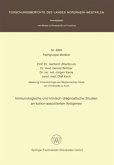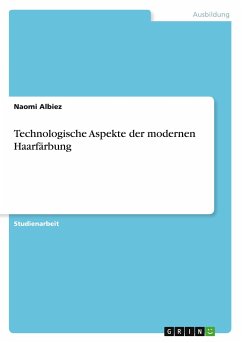Host defense is based on an interdependence of ceIlular and of humoral factors. The cellular component is in large parts identical with the phenome non of phagocytosis. However, phagocytosis is effective only when the corresponding parasite previously is "prepared" by the subsequent action of antibody and complement. The antigen-antibody-complement reaction is identical with a complicated sequence of more than ten re action steps involv ing more than ten distinct factors. The memical basis of some of the reac ti on steps is weIl known, whereas for some other steps the memical nature of the corresponding factor and the memanisms of interactions are not known. The most profound knowledge concerns the nature of antibody and its interaction with the antigen. The final effect of the antigen-antibody-complement re action is multiple: Besides phagocytosis cytolysis, virus neutralisation, and immune adherence are observed. Resume Les phenomenes d'immunite anti-virale et antibacterienne sont bases sur une cooperation entre des facteurs humorales et des facteurs cellulaires.
Hinweis: Dieser Artikel kann nur an eine deutsche Lieferadresse ausgeliefert werden.
Hinweis: Dieser Artikel kann nur an eine deutsche Lieferadresse ausgeliefert werden.








